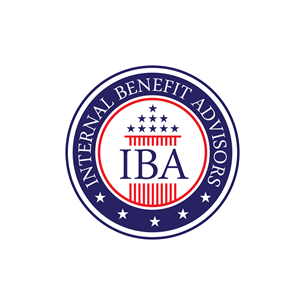- October 23, 2019
- Posted by: karren DiLevi
- Category: Finance & accounting


Reminder on TSP Taxes and Contributions – It’s time to get ready for a possible change in the amount one can contribute to the TSP. It’s time to double-check your 2019 tax withholding so that you don’t end up owing a lot of taxes when your 2019 federal income taxes come due.
Later this month the Internal Revenue Service will announce the 2020 elective deferral amount and the 2020 catch-up contribution amount. I have seen predictions that indicate the amounts will stay the same. ($19,000 and $6,000 respectively) and that they will increase by $500 each (to $19,500 and $6,500). We will see. Any changes to the elective deferral amount will be important to those who have the financial wherewithal to max out their contributions.
Note: It is important for FERS employees and uniformed service members who are covered by the blended retirement system to make a contribution in each pay period in order to receive a matching contribution for that pay period.
If there is a change in the 2020 elective deferral amount. You have to get ready for it before 2020 begins. You need to be aware of the day on which you are paid in order to time any change you make in your contributions. The first payment you will receive in 2020 will be based on work that was done in 2019. So you will want to make any contribution changes effective with the pay period that first pays out in 2020.
Check with your payroll provider, but it is likely to be pp 25 or 26. Also, check to be sure of the number of pay dates in 2020. Occasionally there is a year that has 27 pay dates, though most often (just like in 2019) there are 26. If the elective deferral amount were to increase to $19,500. A contribution of $750 per pay period would max out in a 26 pay period year and a contribution of $723 would max out in a 27 pay period year.
TSP Taxes: You should also get ready for your 2019 federal income taxes on your TSP income. The Thrift Savings Plan Modernization Act. (TSPMA) made no changes in how TSP payments are taxed, or in how taxes will be withheld from those payments. Those who elect installment payments often get a rude surprise in their first year of retirement due to the withholding rules. The TSP issued a new publication. Tax Information: Installment Payments to go along with the venerable Tax Information: Payments from Your TSP Account.
This new publication states the following about installment payments. Those are either based on your life expectancy or expected to last 10 years or more. We’re required to withhold federal taxes from any taxable amount as if you are married. With three dependents unless you elect a different option. Unless you elect to have more withheld this will certainly result in far less being withheld than is necessary to cover your federal income taxes. It’s not too late to correct this by having additional taxes withheld from your payments for the remainder of the year. It is preferable to have taxes withheld, rather than to make estimated tax payments.
If you live in a state that taxes retirement income, you need to get ready for state income taxes too! The Thrift Savings Plan does not withhold state or local income taxes. So you will need to make estimated tax payments to your state or local taxing authority.
More about taxes on your federal benefits and the Reminder on TSP Taxes and contributions at ask.FEDweek.com

